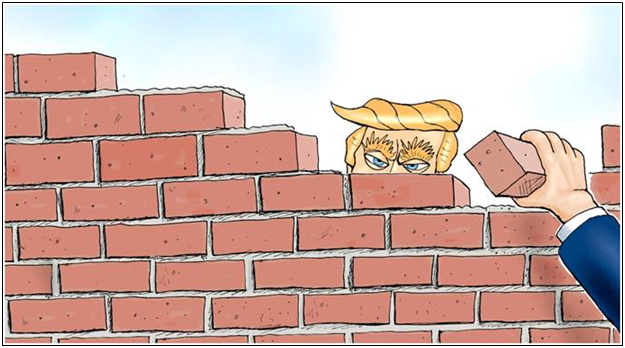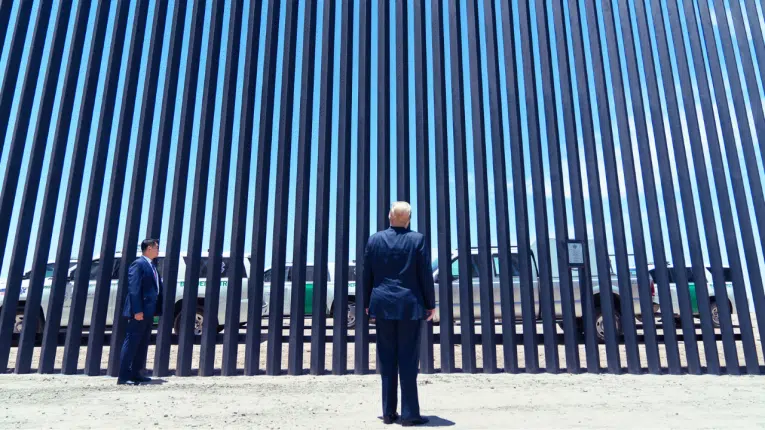On March 23, when President Donald Trump signed the H.R. 1625 omnibus spending bill, he vowed, “I say to Congress: I will never sign another bill like this again. I’m not going to do it again.”
Well, here we go again. Six months later and the end of the fiscal year is rapidly approaching. Energy, Miltary Construction and Legislative Affairs has already passed and been signed into law. Next up is Defense and Health and Human Services bill, which will also include funding for all other departments and agencies until Dec. 7. Another so-called cromnibus — omnibus plus a continuing resolution.
Speaking at a press conference with Japanese Prime Minister Shinzo Abe at the United Nations, President Trump said he would be signing the bill: “We’ll keep the government open. We’re going to keep the government open.”
The President should reconsider that position. The bill is a stopgap designed to get Congress past the midterm elections, which suits their priority to avoid any controversial votes prior to November.
There’s only one problem, besides funding the military for the full year, the legislation does not fund key Trump administration priorities including fully funding the southern border wall. Department of Homeland Security funding is being pushed off until December now, with no guarantees that it will include the wall.
Instead, Congress has jerked the President and his supporters around for almost two years now.
On Jan. 26, 2017, Senate Majority Leader Mitch McConnell in Philadelphia, and explained emphatically that “We are moving ahead” with the wall with a specific price tag of “$12 to $15 billion,” adding, “We intend to address the wall issue ourselves.”
A day later, House Speaker Paul Ryan told the American people that, “This is something, [the wall], we want to get on right away. And so we do believe this is urgent. We believe this is one of the most important promises the President made running for office. It’s a promise he’s going to keep and it’s a promise we’re going to help him keep.”
Ryan added, “We anticipate a supplemental coming from the administration on defense and the border” and “I’m hoping in the first quarter we can get this done. But again, it’s getting [Mick Mulvaney confirmed as Office of Management and Budget Director and] up and running so they can send us the supplemental.”
Mulvaney was confirmed on Feb. 16, 2017 and the supplemental request was proposed on March 14 by Mulvaney and then formally put in on March 16 by President Trump to Speaker Ryan. Trump kept his side of the bargain. But somehow, by March 30, Ryan had changed his tune, telling CBS News, “The big chunk of money for the wall really is… next fiscal year’s appropriations because they literally can’t start construction even this quickly.”
But then the wall was not funded in the fiscal year 2018 spending bill either. All they got was the President’s $1.6 billion supplemental “down payment” he had asked for last year.
No where can the “$12 to $15 billion” McConnell promised for the wall be found.
So, here we are, almost two years into the Trump administration, and Congress is about to go home with the midterms failing to fund the President’s signature legislative promise and show that finally they take the illegal immigration issue seriously.
President Trump may not wish to veto government spending now but one thing is clear, he is going to have to do it sooner or later if he wants to get the wall built. Time’s running out. And then he will need one-third of either the House or the Senate to sustain that veto — and then a real negotiation can be had.
Robert Romano is the Vice President of Public Policy at Americans for Limited Government.







